Pressure Vessel
Note : What is the Difference Between the Design Formula of a Cylindrical Shell and a Spherical Shell?
In the same design condition with the same design pressure, design temperature and material, the thickness you obtain from the internal pressure formula for spherical pressure vessel will be half that of the cylindrical pressure vessel.
The design formula for the cylindrical shell is t = PR/ (SE-0.6P) and for the spherical shell is t = PR/ (2SE-0.2P)
When the “t” is represent Thickness, “R” the Inside Radius,” S “the Allowable Stress, “P” the Design Pressure and “E” the Joint Efficiency;
For example, if your design pressure is 250 psi, inside radius 20 inch. , allowable stress 20,000 psi and joint efficiency 1.
Your thickness for cylindrical shell will be 0.24 inch. or 6.10 mm, and for the spherical shell, it will be 0.125 inch. or 3.175 mm.
What is the Application and Advantage of a Spherical Pressure Vessel?
When you need to make storage for a great amount of pressurized liquid or gas, meaning you need a big volume, then you need a big pressure vessel, so a spherical shell pressure vessel would be more economical.
As you see above, the thickness is half that for a similar design condition. Also placing a long cylindrical pressure vessel might not be suitable in regards to the regarding plant layout.
What is the Disadvantage of a Spherical Pressure Vessel?
Spherical shell pressure vessels are more expensive than cylindrical pressure vessels to fabricate, and this higher price is only justifiable for large vessels.
What is Difference in Fabrication Method Between Cylindrical and Spherical Shell Pressure Vessel?
Cylindrical shell pressure vessels generally are built in the shop and then transferred to the plant field except for long process towers, which might be built in two pieces and completed in the field by one circumferential weld.
This is only because of the facilitating shipping process.
But spherical shell pressure vessels are assembled in the field. The plates generally are formed in the rolling shop and then carefully transferred to the field for assembly.
What is the Difference in the Post Weld Heat Treatment (PWHT) Process?
If PWHT is a code or process requirement, the PWHT for cylindrical shell pressure vessels generally are done in the furnace, and if the vessel is too long, it is done in two heating process with a 5 ft. overlap.
But PWHT for spherical shell pressure vessels are done by one or more high velocity burners that are fired into the vessel using the top or bottom manways (or both) as burner entry and exhaust positions.
This is done because using a PWHT furnace is not possible.
What Kinds of Materials are Stored in a Spherical Pressure Vessel?
Most of the LNG (Liquid Natural Gas) and LPG (Liquid Petroleum Gas) tanks are Spherical Vessels.
Butane, Propane, Ammonia, oxygen, hydrogen and nitrogen also are stored in spherical vessels.







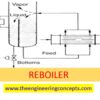

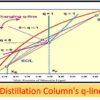
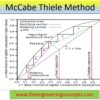
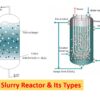
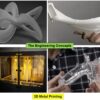
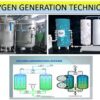
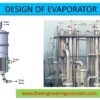




1 Response
[…] Read Also : Pressure Vessel […]